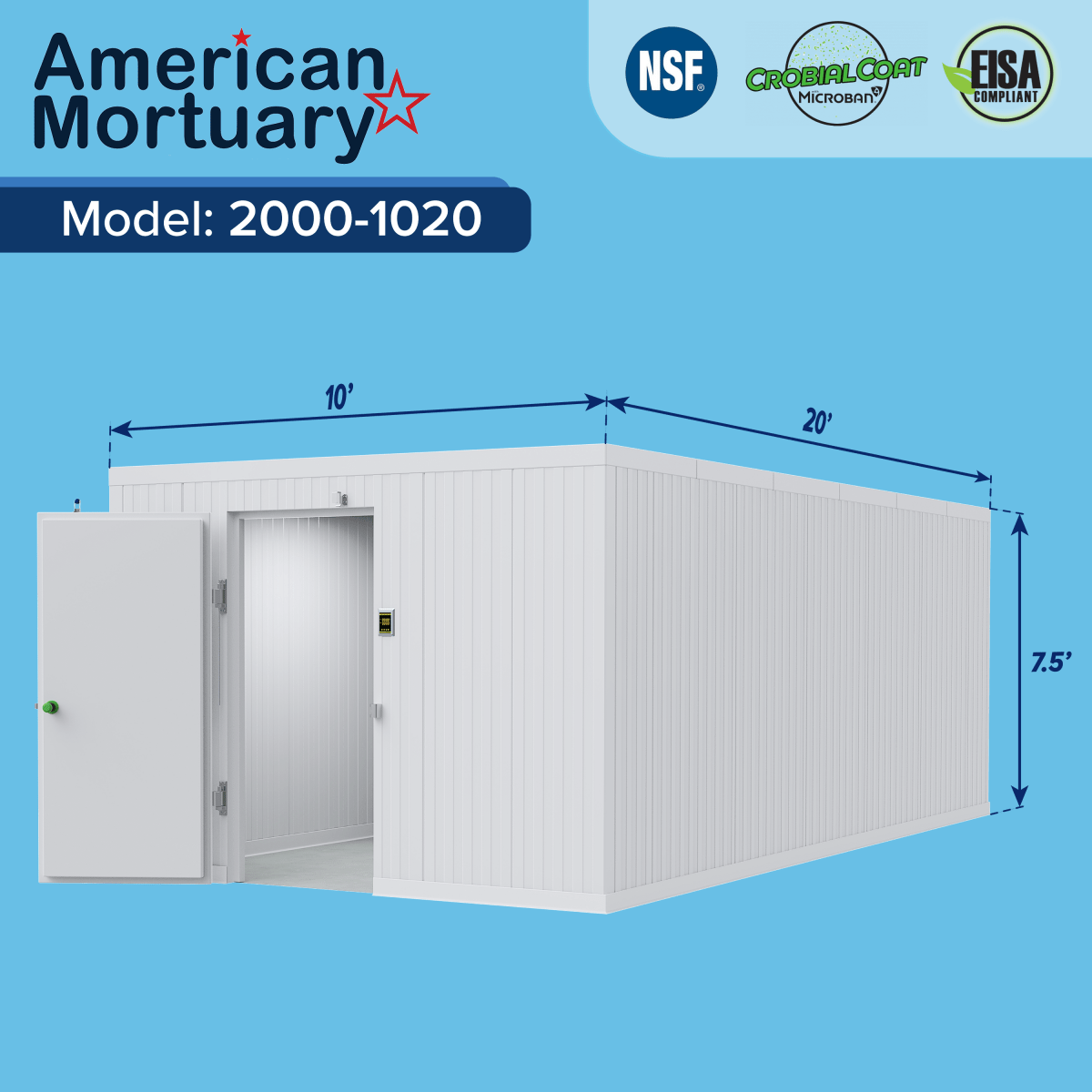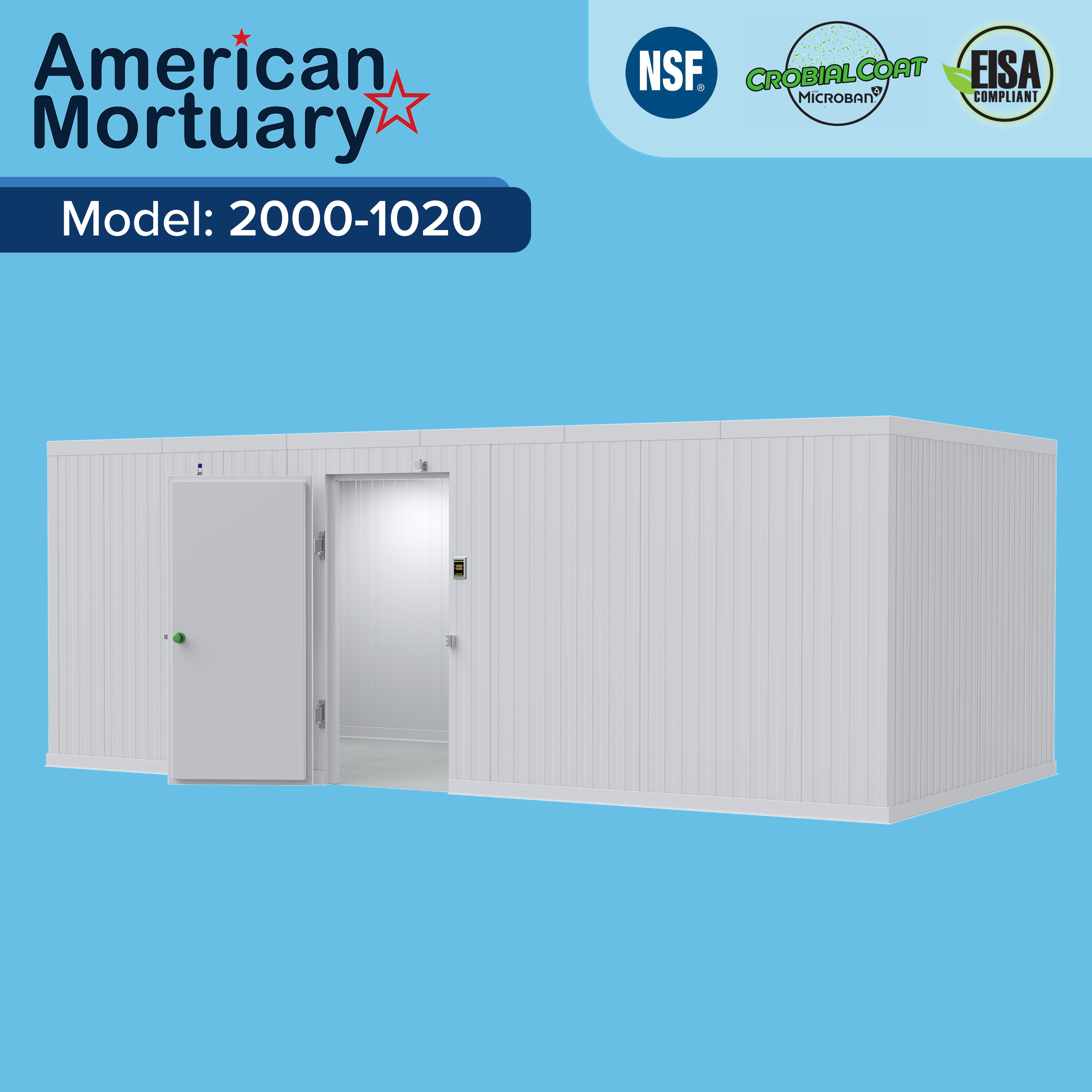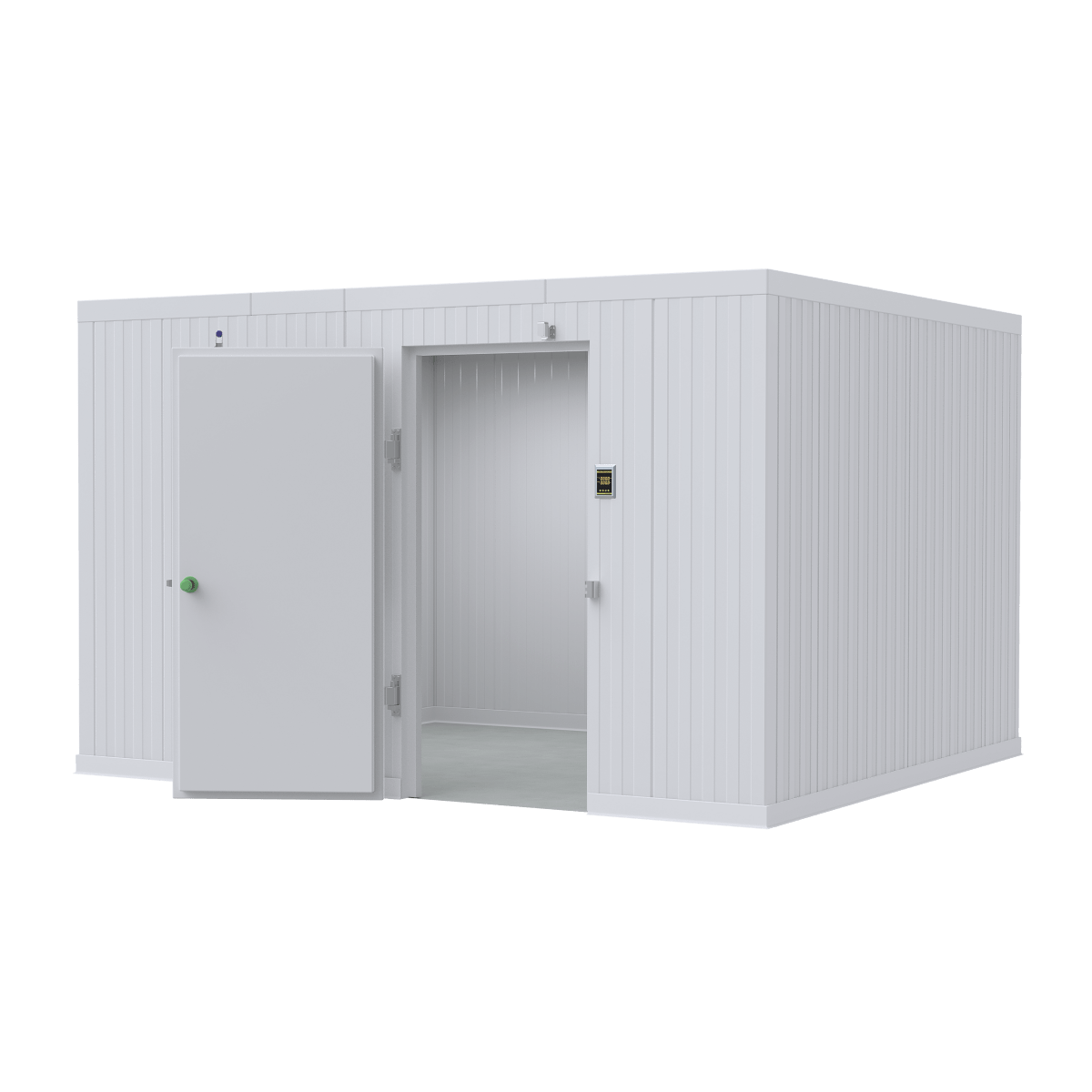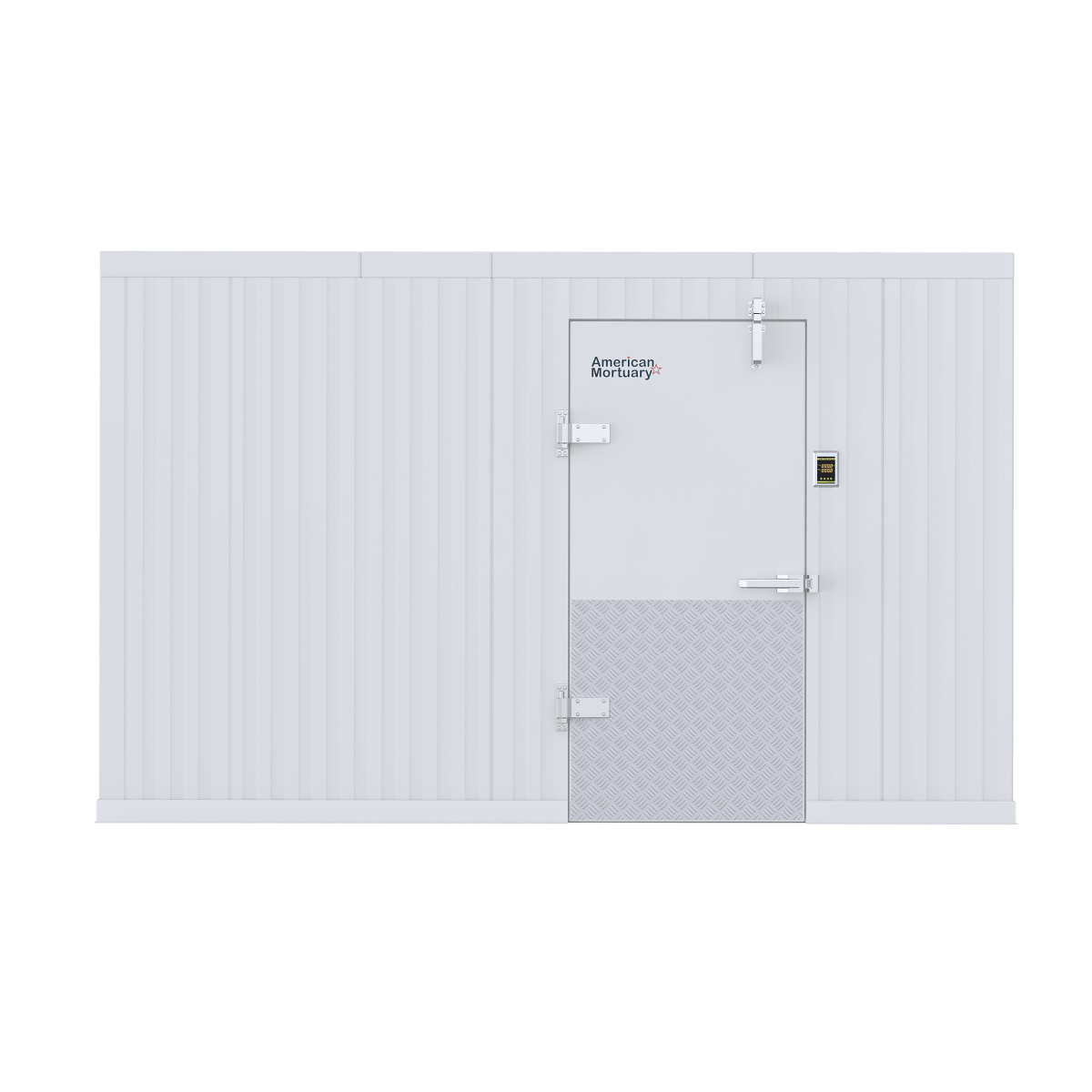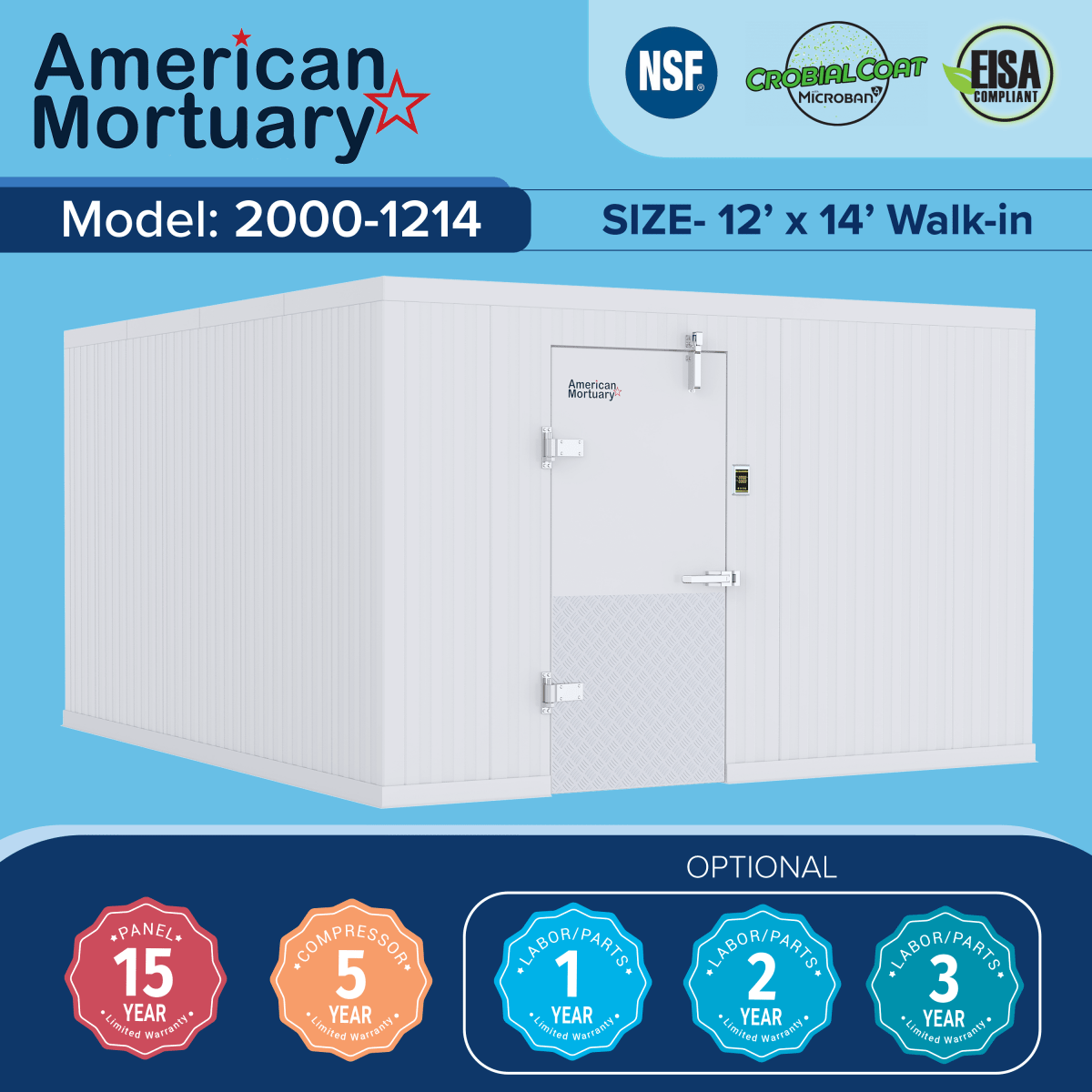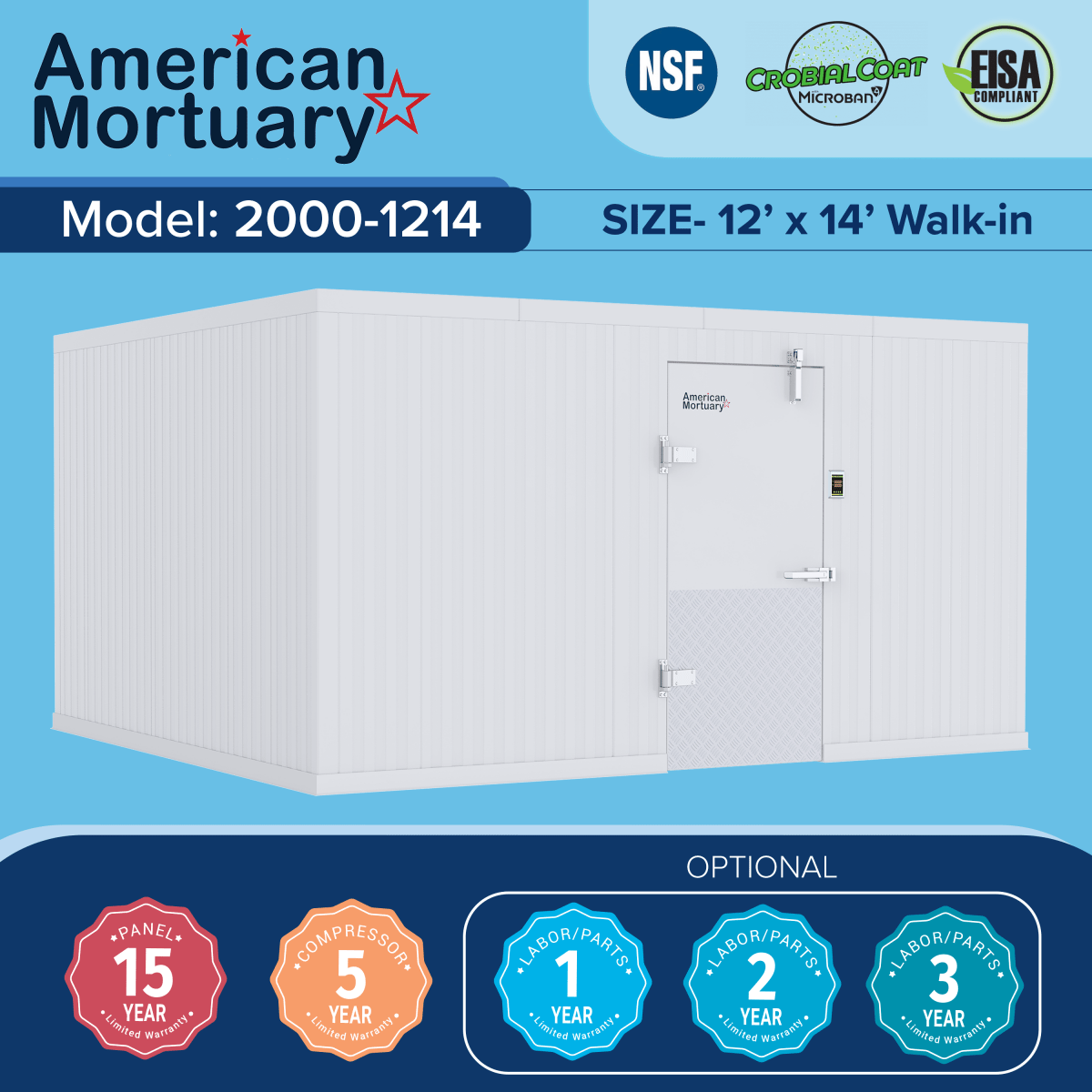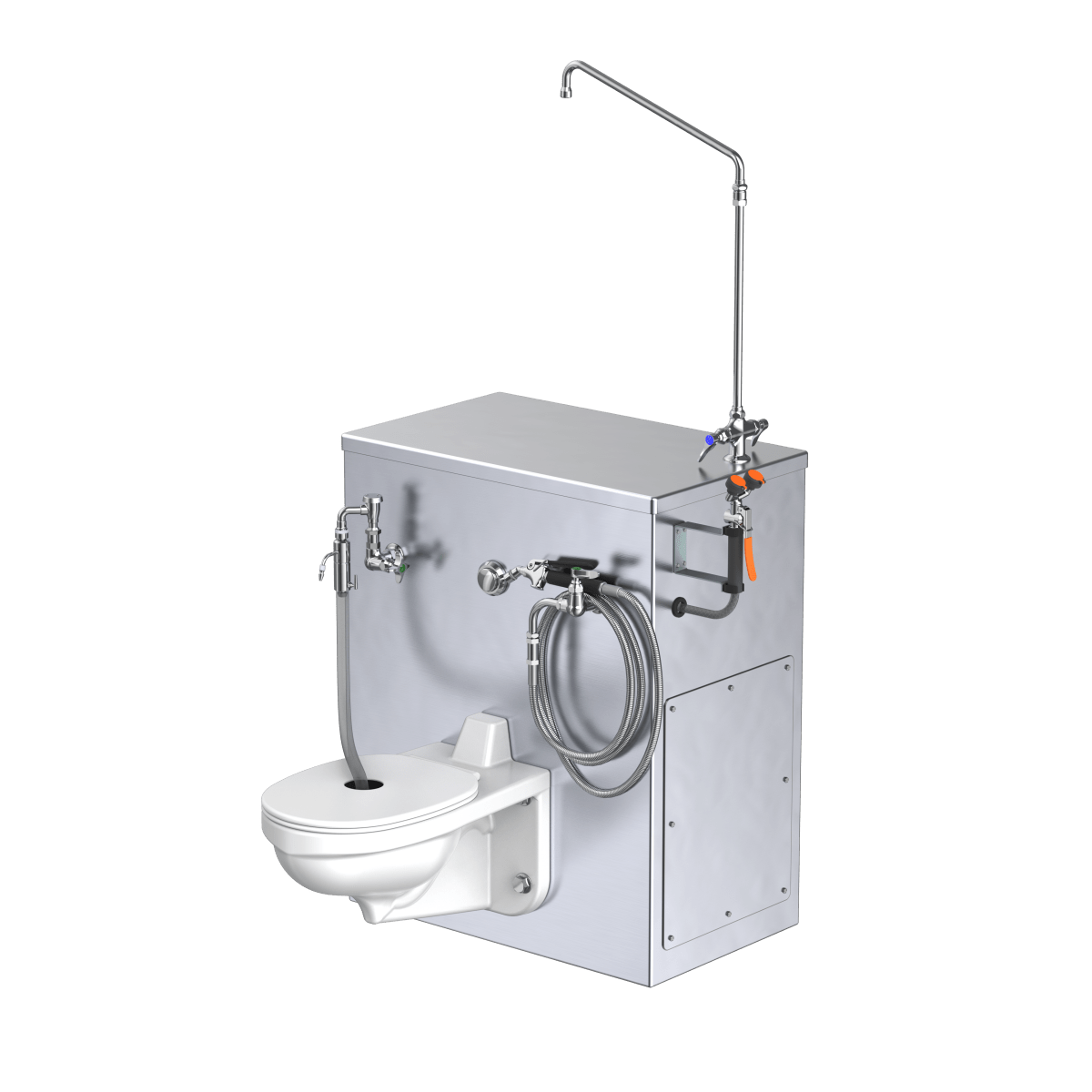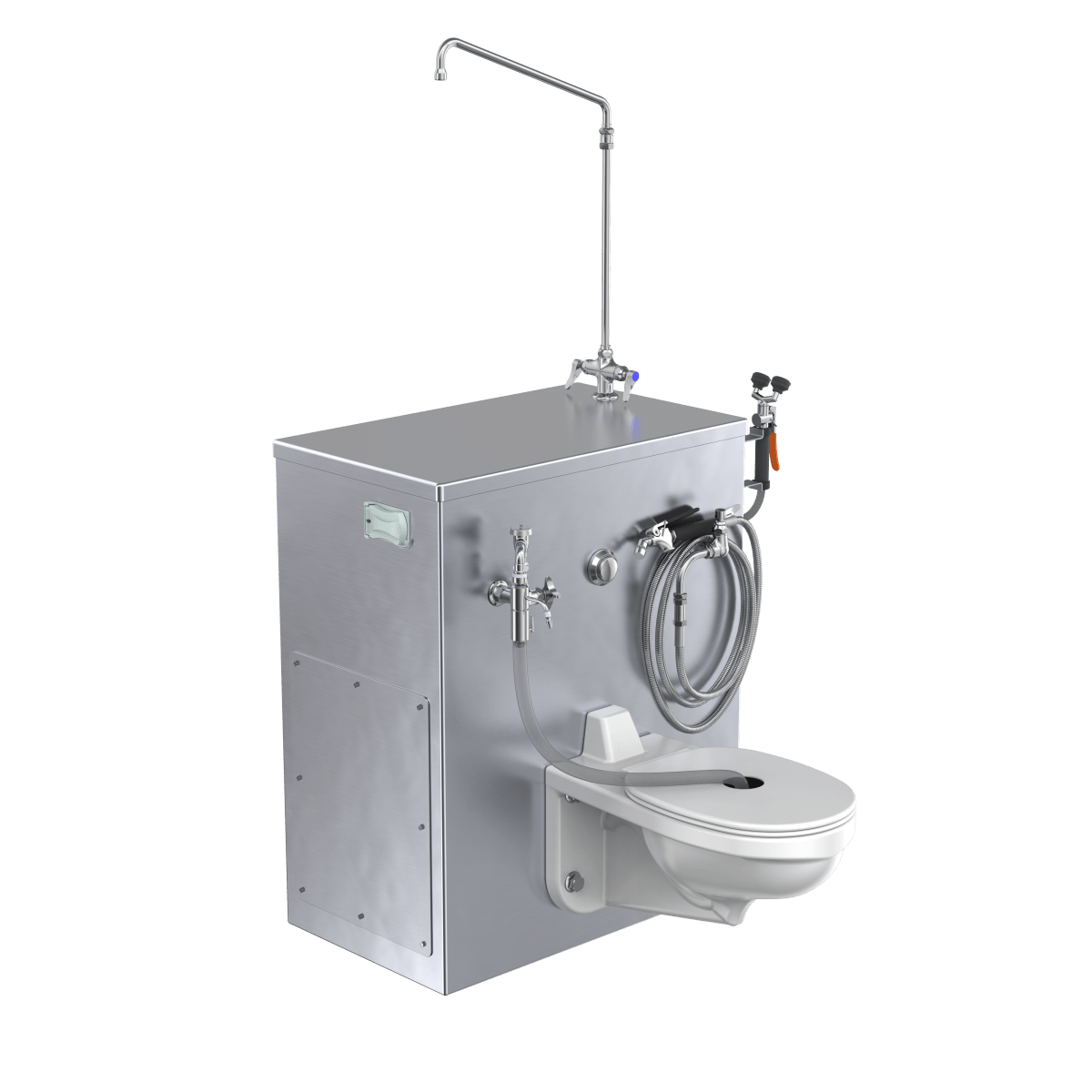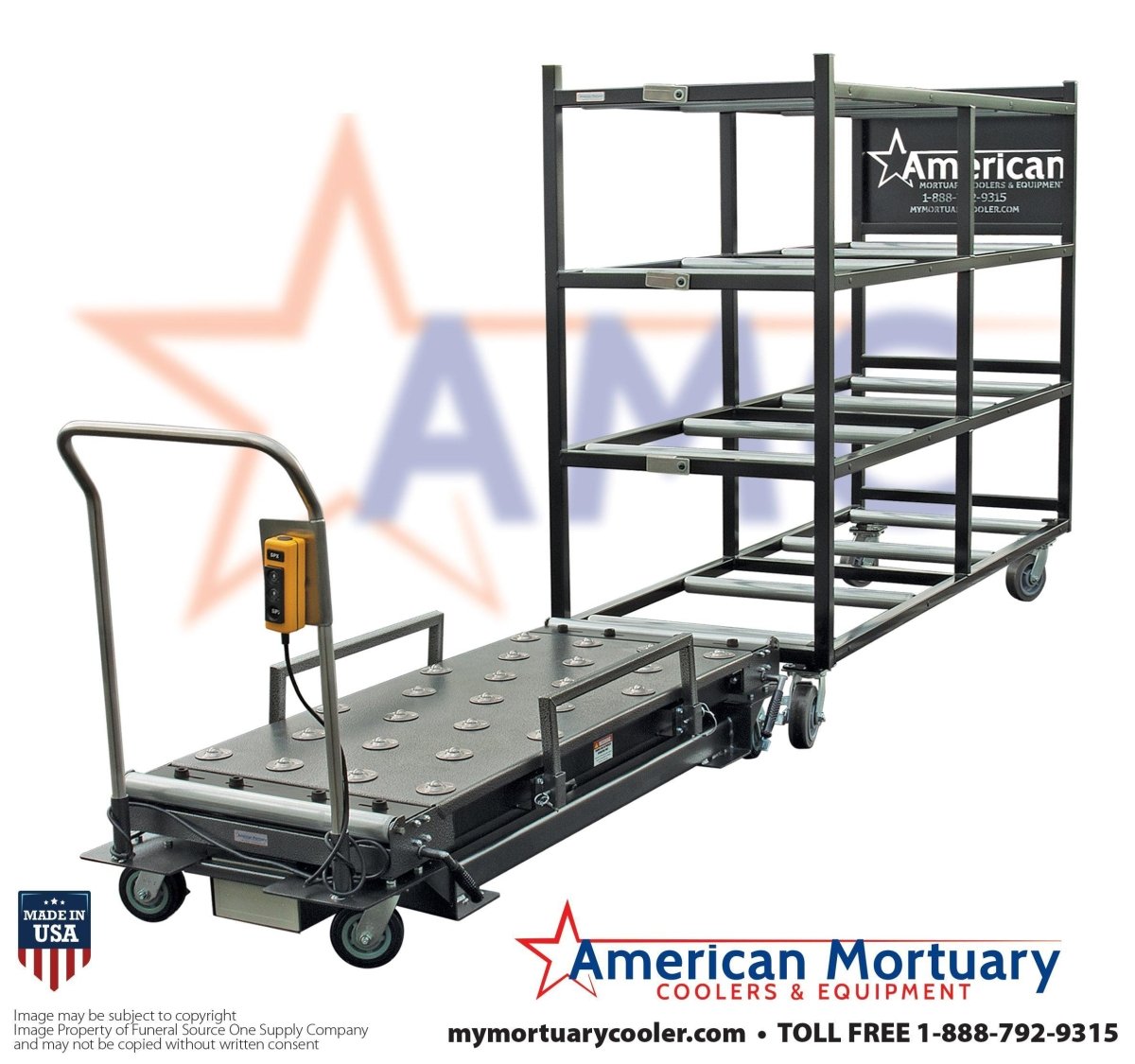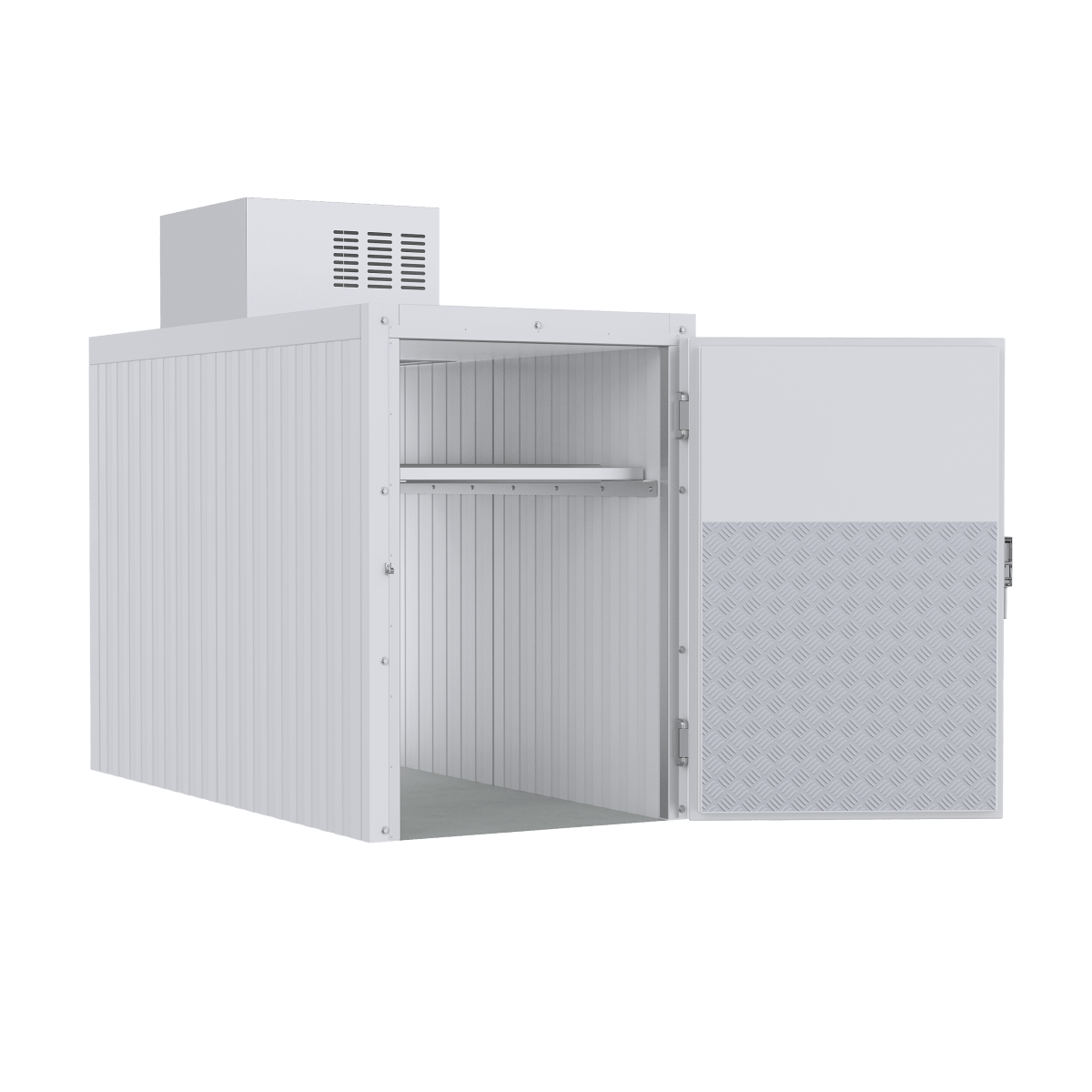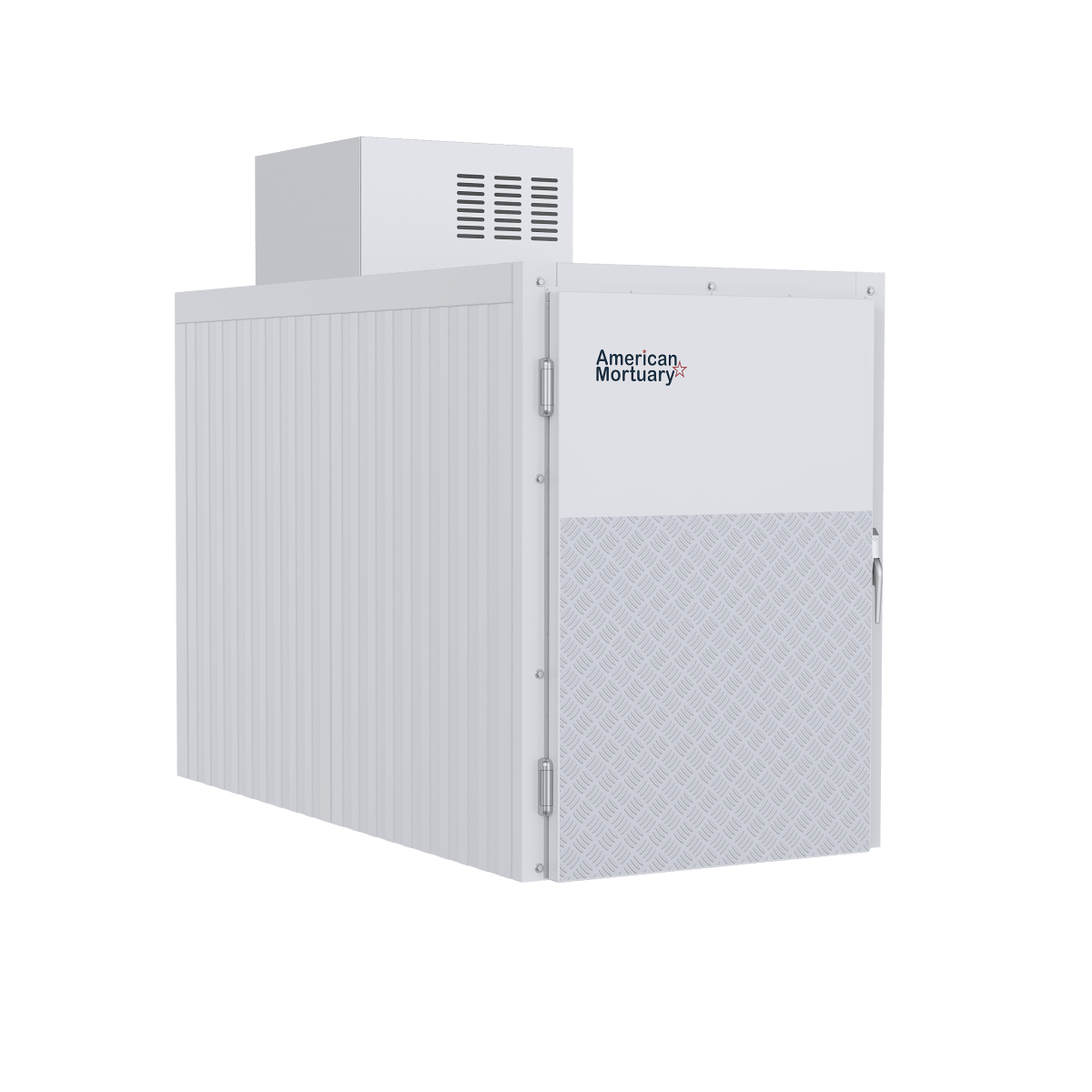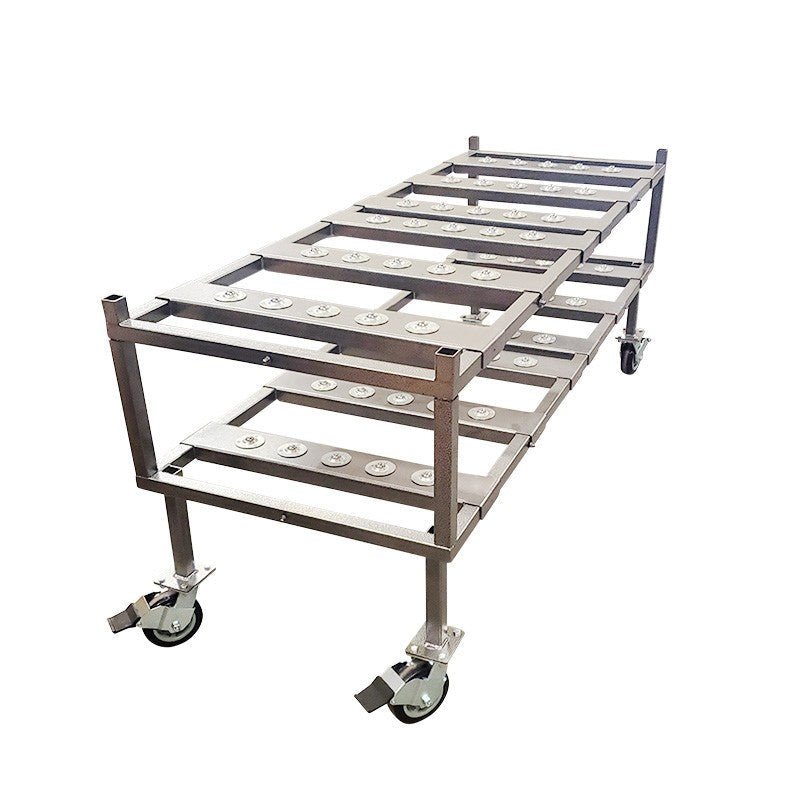Understanding Water Cremation: A Greener Approach to Final Disposition
What is water cremation? It's an eco-friendly alternative to traditional flame-based cremation that uses water and alkaline chemicals instead of fire to reduce a body to its basic elements.
Quick Facts About Water Cremation:
- Also known as: Alkaline hydrolysis, aquamation, resomation, or biocremation
- Process: Uses warm water and alkaline chemicals to accelerate natural decomposition
- Time required: 4-16 hours depending on temperature used
- Environmental impact: Uses approximately 90% less energy than flame cremation with no direct emissions
- End result: White/off-white bone fragments (20-30% more than flame cremation) and sterile liquid
- Legal status: Currently permitted in 26 U.S. states and several countries worldwide
Water cremation mirrors natural decomposition, but instead of taking months in soil, it occurs in hours in a controlled environment. The process uses water flow, alkalinity, and heat to reduce the body to its basic building blocks, leaving behind sterilized bone minerals processed into ash for the family.
When Archbishop Desmond Tutu died in December 2021, his choice of water cremation drew international attention to this environmentally friendly option. Like Tutu, many are now choosing this method for its significantly smaller carbon footprint.
I'm Mortuary Cooler, a national-level supplier specializing in mortuary equipment with experience in water cremation technology. Having helped numerous funeral homes transition to offering what is water cremation as part of their services, I've witnessed how this option meets growing consumer demand for greener end-of-life choices.
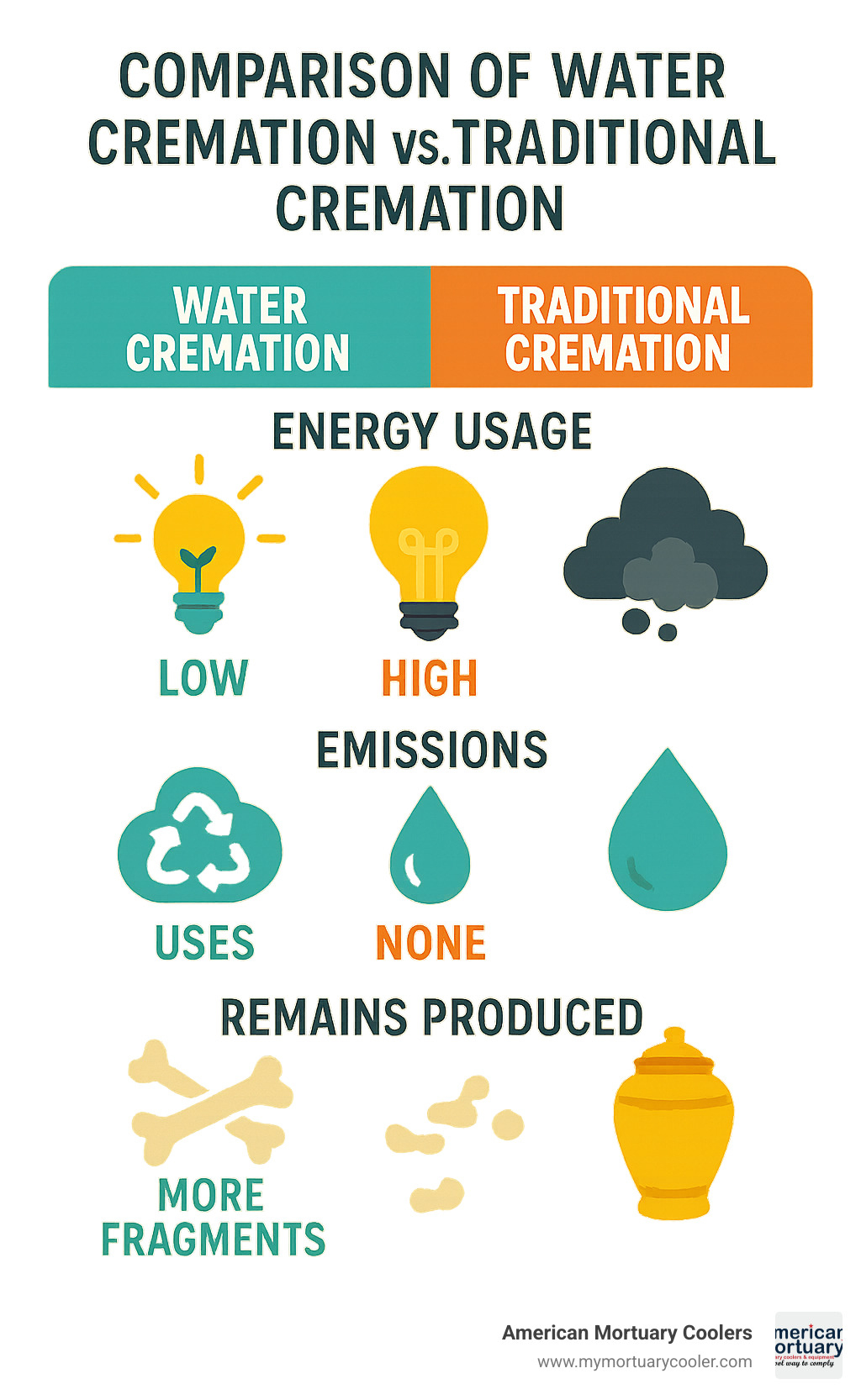
Simple what is water cremation word guide:
What is Water Cremation?
Water cremation is a gentle, flameless way to say goodbye to a loved one. Instead of using fire, this process—officially called alkaline hydrolysis—uses a warm bath of water and alkaline chemicals to naturally break down the body. It mimics what happens naturally in the earth, but in a controlled setting that takes hours rather than years.
While traditional cremation reaches temperatures of 1,400-1,800°F, water cremation works at a more moderate temperature (around 200°F), making it a gentler process overall.
The technology was first patented in 1888 by Amos Herbert Hanson for animal remains. It wasn't until the 1990s that medical facilities like the Mayo Clinic adapted it for donated human bodies. The public first gained access in 2011 when funeral homes in Ohio and Florida began offering the service.
You might hear water cremation called by several different names:
- Aquamation
- Alkaline hydrolysis
- Resomation (a trademarked term)
- Biocremation
- Flameless cremation
- Chemical dissolution
The process gained worldwide attention when Nobel Peace Prize winner Archbishop Desmond Tutu chose it for his final disposition in 2021, reflecting his lifelong commitment to environmental causes.
At American Mortuary Coolers, we've witnessed growing interest in water cremation equipment from funeral homes across states where it's legal. Our Tennessee-based team supports funeral directors nationwide as they respond to families increasingly asking for greener end-of-life options.
So, what is water cremation in scientific terms?
Scientifically, water cremation is a controlled alkaline hydrolysis process using water flow, alkalinity, heat, and sometimes pressure to accelerate the body's natural breakdown.
The solution is simple—95% water and just 5% alkali (usually potassium hydroxide or sodium hydroxide). It starts highly alkaline at about pH 14 and gradually decreases to around pH 11.
Funeral homes can choose between two approaches: a high-temperature cycle at about 160°C (320°F) under pressure that takes 4-6 hours, or a low-temperature cycle around 95°C (208°F) that runs for 14-16 hours.
During this time, the alkaline solution breaks down proteins and turns fats into soap-like salts—the same process that would happen naturally in burial, just much faster.
When complete, all soft tissues have dissolved, leaving only bone mineral remains and a sterile liquid. The process destroys all DNA and RNA, eliminating any pathogens—even tough prions (the abnormal proteins behind diseases like Creutzfeldt-Jakob).
Cultural perspectives: what is water cremation to different faiths?
Faith communities have varied responses to water cremation.
The Catholic Church hasn't taken an official Vatican position, though some dioceses have raised objections about the liquid remains entering water systems. However, some Catholic theologians point out that the process mirrors natural decomposition.
In Hawaii, some Native Hawaiians appreciate how it preserves the iwi (bones), which hold deep cultural significance in their traditions.
Most Protestant denominations that already accept flame cremation generally don't object to water cremation, seeing it as simply a technological variation.
Traditional Judaism and Islam, which typically prefer burial over cremation, generally include water cremation under the same prohibition, though reform branches may be more accepting.
For those whose spiritual path includes environmental stewardship, water cremation often resonates deeply with their values. Desmond Tutu's choice reflected his eco-conscious spirituality and lifelong advocacy for the environment.
Step-by-Step Water Cremation Process
The water cremation process unfolds with gentle dignity, honoring both the deceased and our planet:
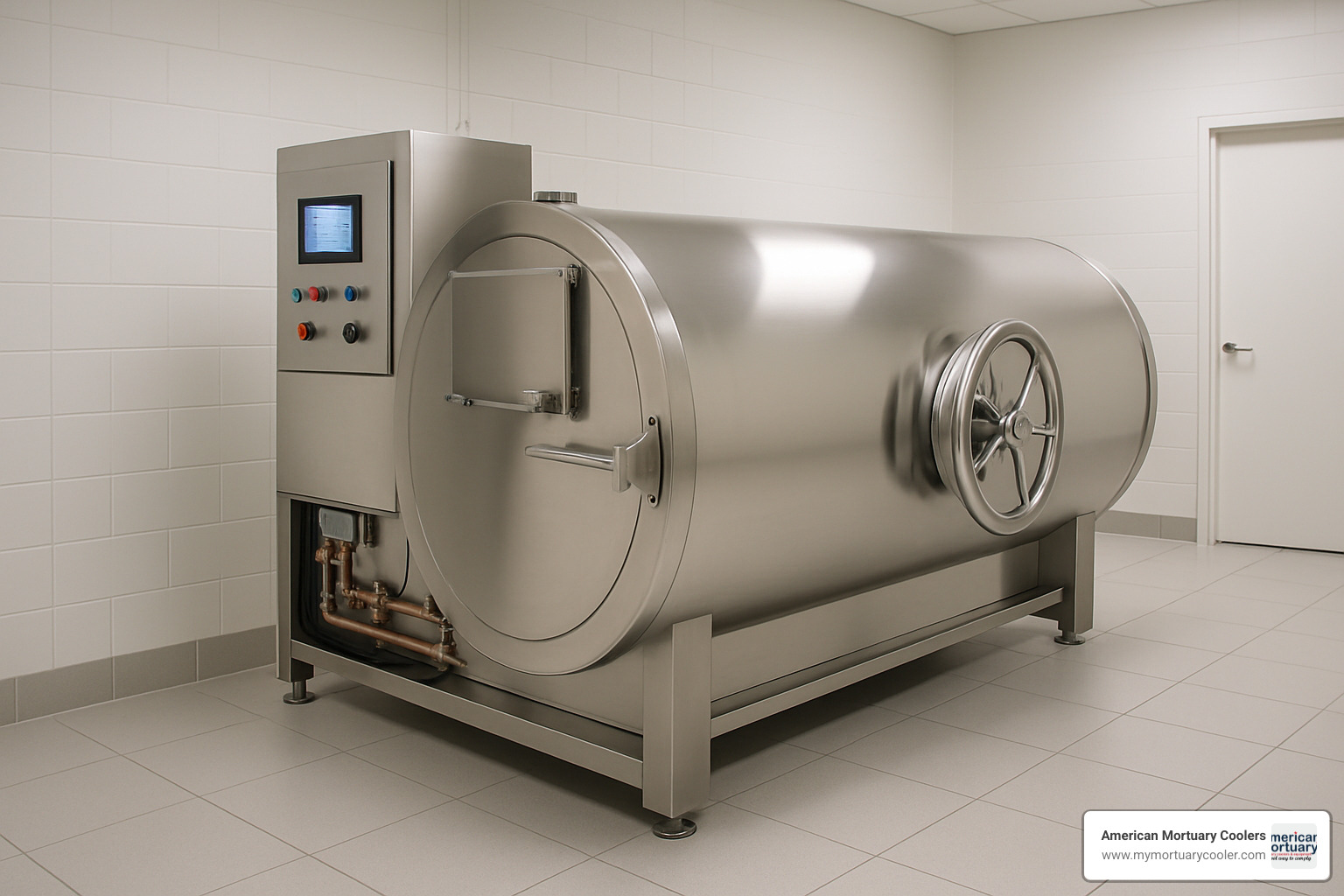
First, we prepare the body much like traditional cremation, removing jewelry and personal items. Pacemakers and other medical implants typically don't need removal since they won't explode or release harmful substances during the process.
Next, we place the body in a biodegradable silk bag and position it within a specialized stainless-steel vessel. Some systems use a gentle metal frame to cradle the body within the chamber.
The chamber fills with a simple mixture – 95% water and 5% alkaline chemicals, usually potassium hydroxide (KOH). Depending on the system and body size, this requires between 60 and 240 gallons of water.
Once everything's ready, we seal the vessel and activate the system. For high-temperature systems, we pressurize the chamber to prevent boiling while maintaining the perfect temperature.
The process happens as water, alkaline chemicals, heat, and sometimes gentle agitation work together to break down the body's tissues. This mirrors what naturally occurs during decomposition, but in a controlled, dignified setting.
Depending on the temperature used, the process takes between 4-16 hours:
| Process Type | Temperature | Duration | Pressure | Energy Use |
|---|---|---|---|---|
| High-Temperature | 160°C (320°F) | 4-6 hours | Yes | Higher |
| Low-Temperature | 95°C (208°F) | 14-16 hours | No | Lower |
When the cycle completes, only bone minerals remain in the chamber. These remains are carefully removed, dried, cooled, and then processed in a cremulator to create a fine, white powder.
Finally, we place these processed remains in the family's chosen urn or container. Families typically receive 20-30% more remains than with flame cremation because the process preserves more of the bone mineral.
At American Mortuary Coolers, we've helped funeral homes across the country implement this technology with care. From our Tennessee headquarters to our service teams nationwide, we provide support at every step to ensure proper installation and operation of water cremation systems. If you'd like to learn more about the process, check out our Step-by-Step Guide to the Water-Based Cremation Process.
Safety & Sanitation Measures
Safety and cleanliness are built into every aspect of the water cremation process.
The alkaline hydrolysis achieves a "6-log reduction" of pathogens – reducing harmful microorganisms by a factor of one million, effectively sterilizing everything. Even prions that can survive traditional flame cremation are inactivated by this process.
The highly alkaline environment creates conditions where bacteria, viruses, and other microorganisms cannot survive.
Modern water cremation systems come equipped with multiple safety features: pressure relief valves, temperature monitors, and automatic shutdown capabilities. Operators receive specialized training and certification, often through the Cremation Association of North America (CANA).
Before any liquid is discharged, it undergoes pH neutralization, bringing it from approximately pH 11 down to levels acceptable for municipal systems. Funeral homes must obtain proper permits from local wastewater authorities and comply with all discharge standards.
By-Products & Their Handling
Water cremation produces two main by-products, each handled with care and environmental respect.
Bone mineral remains are typically 20-30% more abundant than those from flame cremation because the gentle water process preserves more of the bone structure. These remains appear white or off-white, generally lighter and more uniform than traditional cremation ashes. After drying and cooling, they're processed in a cremulator to create a fine powder for placement in an urn, scattering, or other memorial options.
The liquid effluent is a sterile, nutrient-rich solution containing amino acids, peptides, sugars, and salts – essentially the basic building blocks of life returned to their elemental form. Before being discharged into municipal wastewater systems, this solution is carefully pH-neutralized. The effluent contains no DNA, RNA, or cellular material – all organic components have been completely broken down to their most basic elements.
Water Cremation vs. Flame Cremation vs. Traditional Burial
When families face end-of-life decisions, they're often overwhelmed by options. Water cremation offers a gentle alternative that balances meaningful memorialization with environmental responsibility.
Water cremation uses about 90% less energy than traditional flame cremation—just 90 kWh of electricity per process compared to flame cremation's 360 kWh equivalent. Traditional burial uses energy equivalent to about 30 gallons of gasoline when factoring in grave excavation, concrete production, and transportation.
Water cremation uses about 60-240 gallons per process, roughly what your household might use in a day. Unlike traditional burial, which annually consumes millions of board feet of hardwood, tons of steel, copper, bronze, and concrete, water cremation requires no casket or vault.
One compelling advantage is how water cremation handles chemicals. Rather than releasing mercury vapor from dental fillings (as flame cremation does) or placing formaldehyde into the ground (as with traditional burial), water cremation breaks down and neutralizes embalming chemicals while retaining mercury.
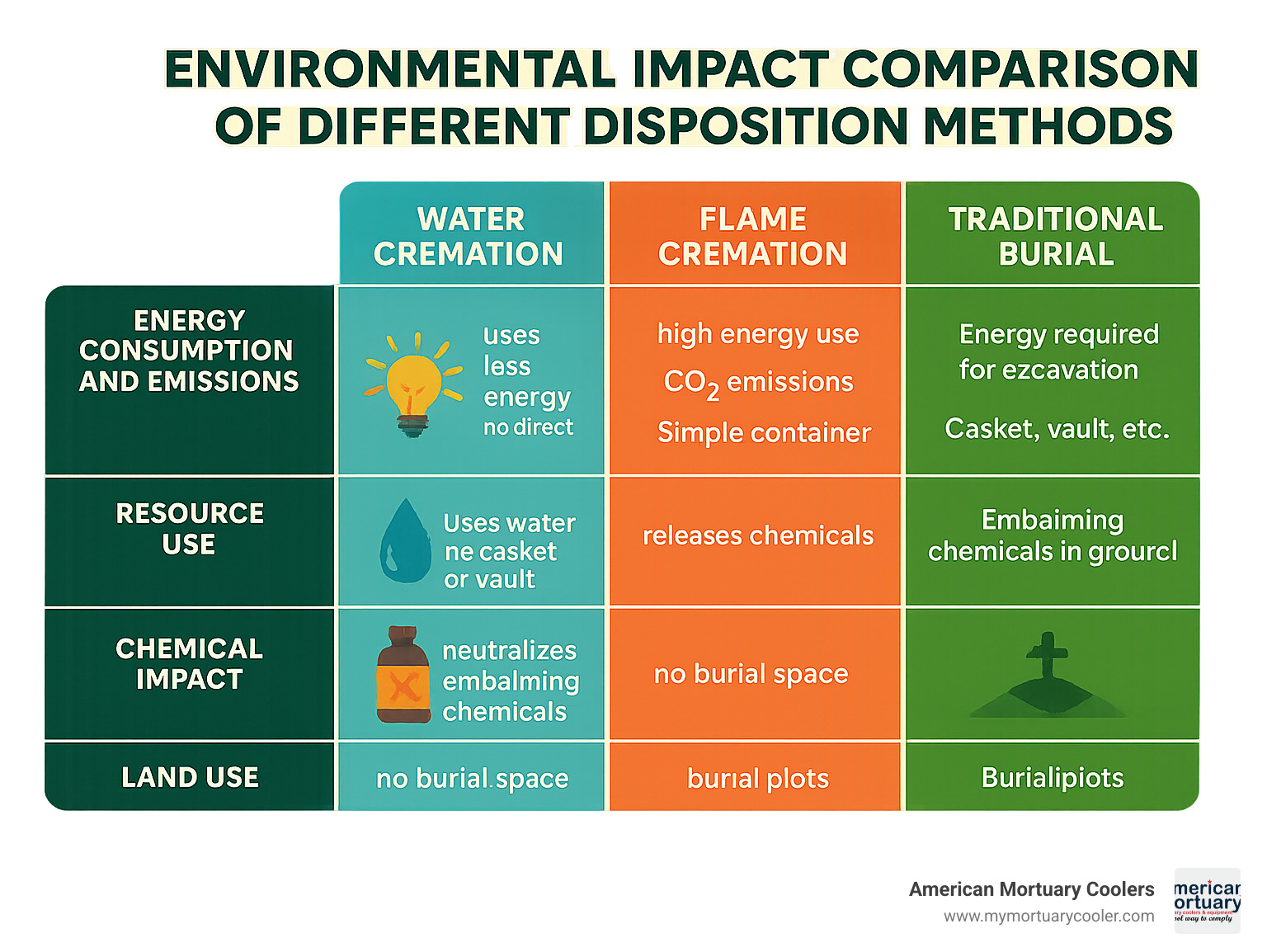
For families, water cremation returns 20-30% more remains than flame cremation. These remains are white or off-white with a finer texture, creating a different aesthetic for memorial keepsakes.
Here at American Mortuary Coolers, we've helped funeral homes nationwide implement water cremation technology. Families are increasingly drawn to its environmental benefits while still receiving meaningful remains they can treasure or scatter according to their wishes.
Environmental Scorecard
The numbers tell a powerful story about environmental impact. If just half of the nearly 2 million annual cremations in America switched to water cremation, we'd prevent approximately 180,000 metric tons of CO₂ from entering our atmosphere each year—equivalent to taking 39,000 cars off the road.
Traditional burials consume vast resources—about 30 million board feet of hardwood annually just for caskets in the U.S. By choosing water cremation, families help preserve forests and reduce resource extraction. They also avoid contributing to the 800,000 gallons of formaldehyde and other embalming chemicals buried in American soil each year.
Land conservation is another benefit. Each traditional burial takes up about 32 square feet of land—space that could remain natural habitat. Water cremation requires no burial plot, helping preserve our limited land resources.
Family Experience & Ritual Options
Water cremation doesn't mean families sacrifice meaningful rituals. It offers all the ceremonial options of traditional methods with some unique advantages.
Families can still hold traditional viewings beforehand, with their loved one prepared and presented just as they would be before flame cremation. Memorial services work exactly the same way. Some facilities even allow families to witness the beginning of the process, similar to witness cremations at flame facilities.
One difference families notice is that water cremation produces 20-30% more remains than flame cremation, giving families more material for sharing among multiple family members or creating memorial items. The remains themselves are different too—white or off-white in color, generally lighter and more consistent than flame cremation ashes.
All the memorial options available for flame cremation remains are available for water cremation remains too—placement in an urn, burial in a cemetery plot, columbarium placement, scattering, memorial jewelry or glass art, or incorporation into memorial plantings.
Environmental, Legal & Cost Considerations
When considering water cremation, several practical factors come into play:
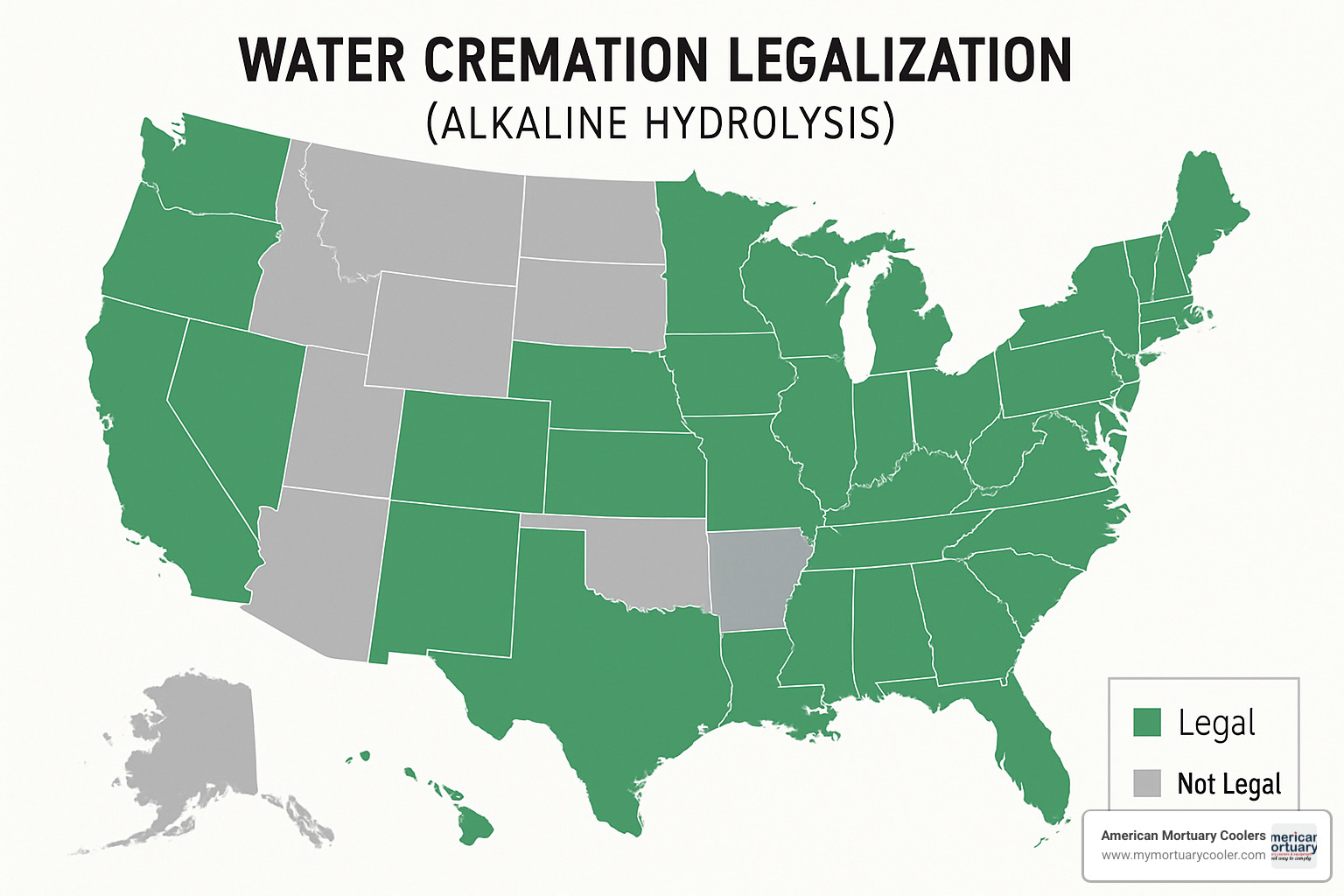
The energy footprint of what is water cremation is remarkably light compared to traditional methods. Each process uses about 90 kWh of electricity—roughly a quarter of what flame cremation demands. While it requires between 60-240 gallons of water, this process uses no natural gas or propane, and the electricity can come from renewable sources.
Legally speaking, water cremation is gaining ground across America. As of 2022, 26 U.S. states have approved it for human remains, including California, Colorado, Florida, Georgia, Illinois, and Washington. Canada has approved it in five provinces, and Europe is also adopting the technology, with the UK recently approving its first facility.
Water cremation typically costs between $2,000 and $3,000—comparable to flame cremation and significantly less than traditional burial, which averages nearly $8,000 before adding cemetery costs. Some funeral homes charge a slight premium due to newer equipment costs, but direct cremation packages without viewing or services can bring the price down to $1,000-$1,500.
Consumer interest is climbing steadily. The National Funeral Directors Association reports that 60.5% of consumers expressed interest in green funeral options in 2022—up from 55.7% just a year earlier.
At American Mortuary Coolers, we've helped funeral homes across the country transition to offering water cremation services, from our home base in Tennessee to service points stretching from New York to California.
Regulation & Future Outlook
The world of water cremation regulation is evolving rapidly, with a promising future for this eco-friendly option.
In states where what is water cremation is already legal, it typically falls under existing cremation laws, sometimes with specific amendments. The Cremation Association of North America (CANA) has developed comprehensive standards and best practices. Beyond funeral service licenses, facilities must secure permits from local wastewater authorities.
The legislative landscape continues to expand, with several additional states considering legalization. When challenges arise, they typically center around wastewater discharge permits rather than objections to the process itself.
Innovation is driving the industry forward. Leading manufacturers like Bio-Response Solutions and Resomation are constantly refining their equipment, making systems more energy-efficient with better water recycling capabilities.
Market projections suggest water cremation could capture up to 10% of the cremation market by 2030. As equipment costs decrease with wider adoption, more funeral homes are adding this option to their services.
Insurance, Pre-Planning & Accessibility
As water cremation becomes more mainstream, practical considerations around insurance, pre-planning, and accessibility are increasingly important.
Most preneed funeral insurance policies now include what is water cremation as a covered option. Forward-thinking funeral homes are already including it in their preneed contracts, allowing people to specify this preference in advance.
Funeral homes typically offer water cremation in familiar formats: direct cremation with no viewing or services, cremation with a memorial service afterward, or a full service with viewing followed by cremation. The pricing structures generally mirror flame cremation packages.
Accessibility varies geographically. In states where water cremation is legal, availability still tends to concentrate in urban areas. Some rural funeral homes partner with centralized facilities that offer water cremation, transporting the deceased as needed.
Interestingly, pet aquamation has played a pivotal role in familiarizing people with this concept. Many pet owners who choose water cremation for their beloved animals later express interest in the same option for themselves or family members.
Frequently Asked Questions about Water Cremation
When you hear about water cremation for the first time, questions naturally arise. Here are straightforward answers to what families ask most often:
Does the liquid really go down the drain?
Yes, but it's nothing like what most people imagine. The liquid that remains after water cremation is essentially the organic components of our bodies returned to their most basic form.
Our bodies are mostly water to begin with. The liquid effluent is completely sterile—no DNA, no pathogens, nothing harmful. It's rich in amino acids, peptides, and salts—the building blocks of life.
Before being discharged, the solution is pH-neutralized to meet municipal standards. Then it flows into the same wastewater treatment system that handles everything else from your community. Many wastewater treatment plants actually welcome this nutrient-rich solution because it helps feed the beneficial bacteria they use to clean water.
In some areas, this solution can even be repurposed as fertilizer for non-food plants after proper treatment.
Is water cremation cheaper than flame cremation?
Your wallet won't notice much difference between water cremation and traditional flame cremation. The prices tend to run neck-and-neck in most markets:
Direct water cremation typically costs between $1,000 and $1,500. For a full-service option with viewing and ceremony, expect to pay between $2,000 and $3,000.
In some areas, you might see a small premium for water cremation because it's newer technology and takes longer to complete. But both options remain significantly more affordable than traditional burial, which averages nearly $8,000 before adding cemetery costs.
As more funeral homes install water cremation equipment and more families choose this option, prices should become even more competitive.
Can implants be recovered and recycled?
Absolutely—and they come out remarkably clean! This is actually one of the hidden benefits of water cremation.
Unlike flame cremation, which can damage or partially melt metal implants, water cremation leaves them completely intact and sterile. Hip and knee replacements, dental work, and even pacemakers remain undamaged.
These metals can be easily separated from the bone remains and sent for specialized recycling. Many funeral homes participate in recycling programs that donate proceeds to charitable causes—turning something that would otherwise be wasted into community support.
Conclusion
Water cremation offers something truly special—a final farewell that honors your loved one while showing care for the world they're leaving behind. This gentle process represents how funeral practices are evolving to meet our growing environmental awareness without sacrificing dignity or meaning.
The numbers tell a compelling story. Water cremation uses 90% less energy than traditional flame cremation. It releases no greenhouse gases directly into our atmosphere and keeps mercury from dental fillings out of our air. Families receive 20-30% more remains to keep or scatter. The process mirrors what nature has always done—returning us to our elemental building blocks, just in a more gentle, accelerated way.
Today, families in 26 states across America can choose this option, with more states considering legislation each year. When Archbishop Desmond Tutu chose water cremation for his final disposition in 2021, he helped countless people find this alternative they hadn't known existed.
Here at American Mortuary Coolers, we're honored to play our part in this eco-conscious evolution. From our home base in Tennessee, we deliver specialized water cremation equipment to funeral homes across the country—from Maine to California and everywhere in between. We partner with funeral professionals to ensure successful implementation with expert installation support and ongoing maintenance.
If you're thinking about your own end-of-life plans or helping someone else with theirs, we encourage you to check whether water cremation is available near you. For many families, finding this option brings a sense of relief—a way to honor both their loved one and the planet they cared about.
More info about aquamation equipment
As water cremation continues to grow in acceptance, we're proud to be part of a movement that's making end-of-life choices gentler—both for families and for our shared environment.


